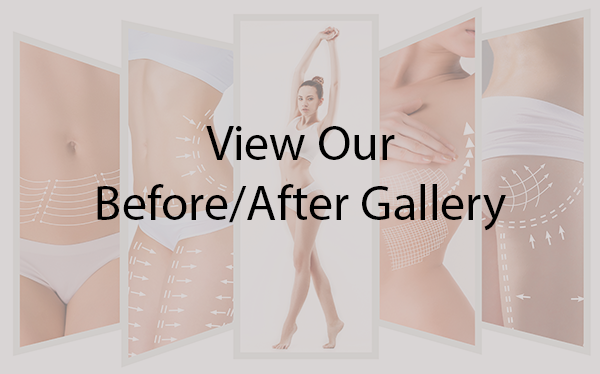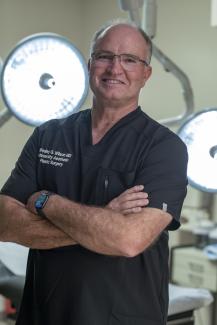What is eyelid surgery (Blepharoplasty)?
Eyelid surgery (medically known as blepharoplasty) is a procedure to improve the appearance of the upper eyelids, lower eyelids, or both, restoring a youthful appearance to the area surrounding the eyes and making you look more rested and alert.
Specifically, eyelid surgery can treat:
-
Bags under the eyes
-
Excess skin and fine wrinkles of the lower eyelid
-
Droopiness of the lower eyelids, showing white below the iris
-
Excess fatty deposits that appear as puffiness in the upper eyelids
-
Loose or sagging skin that creates folds or hides the natural contour of the upper eyelid
-
Excess skin that hangs down from the upper eyelid, sometimes impairing vision
Changes around the eyes are some of the earliest signs of the aging process.
Eyelid Surgery Benefits
Your eyelids serve as frames for your eyes. So why not achieve the most attractive and youthful “frames” you can? Eyelid surgery has helped many men and women boost their appearance as well as their self-confidence. The aging of the face usually starts around the eyes. Premier Greater Knoxville eyelid surgery provider University Aesthetic Plastic Surgery invites you to consider if this treatment is right for you.
Am I a good candidate for eyelid surgery?
If you are in good health and desire to improve the appearance of your eyelids, you should be an excellent candidate for blepharoplasty. Be aware that eyelid surgery is not a facelift or a brow lift, although those procedures can often complement eyelid surgery.
Choosing your surgeon
Selecting the right surgeon is the most important decision you will make in pursuing the benefits of eyelift surgery. Your surgeon should be eager to show you “before and after” pictures of previous eyelid surgery patients.
Before scheduling your blepharoplasty, your doctor will carefully review your medical history. Some basic pre-surgical lab tests may be required, and your surgeon will probably direct you to suspend the use of any medications or supplements that may promote bleeding. If you smoke, you’ll need to stop for at least a few weeks before and after your procedure.
Eyelid Procedure
Eyelid surgery typically takes place in an outpatient facility. Your surgeon will inject a numbing agent into your eyelids and most likely will give you intravenous medication to help you relax. General anesthesia can be used for those who feel more comfortable being asleep for their procedure. You should be able to go home later in the day.
Upper eyelids
Droopy conditions of the upper eyelid can be corrected through an incision within the natural crease of the upper eyelid allowing removal of fat deposits and excess skin. Care must be taken to make sure the brow itself is in the correct position. Sometimes the hooded look to the eye is because of a low brow requiring a brow lift and not eyelid surgery.
Lower eyelids
The lower eyelid bulge makes one look tired and aged. Some patients say they have always had that look, and it may be hereditary. Using an incision just below the lower lash line, fat is removed or redistributed, and muscle modified to correct a baggy lower eyelid. Excess skin may then be removed.
If the skin is not excessive and there is just the puffiness of excess fat, an incision inside the eyelid may be used to access the fat and remove it. The skin may then be tightened with laser skin resurfacing or a chemical peel. The procedure is called transconjunctival blepharoplasty.
In some circumstances fat needs to be added to some areas around the eyes to give a more youthful appearance. Fat grafting removes some fat from other areas of the body and is injected under the skin and deeper facial structures. Hollows that have appeared with age can be restored to their former appearance.
Actual patient after upper and lower eyelid surgery and fat grafting to lower orbital rim.

Eyelid Recovery
After surgery, there may be some bruising for 5-10 days and some swelling for up to two weeks. You may experience some temporary symptoms, such as light sensitivity and numb eyelids. Your doctor will appropriately prescribe any pain medication needed. Frequent use of ice packs for a couple of days will speed up your recovery. Avoid strenuous physical activity for at least a week and keep your head elevated. If you use contact lenses, you’ll need to go without them for a period specified by your doctor. Wear darkly tinted sunglasses to protect your eyes. If you have post-surgical stitches, your doctor will schedule an appointment to remove them.
Eyelid Results
The final results of eyelid surgery are visible immediately, but some swelling may be present for one to two months. Your incisions will continue to heal and fade, becoming almost unnoticeable at the one-year point.
Eyelid surgery carries a very high patient satisfaction rate. While many patients find the results last a lifetime, others may desire additional surgery at some future point.


